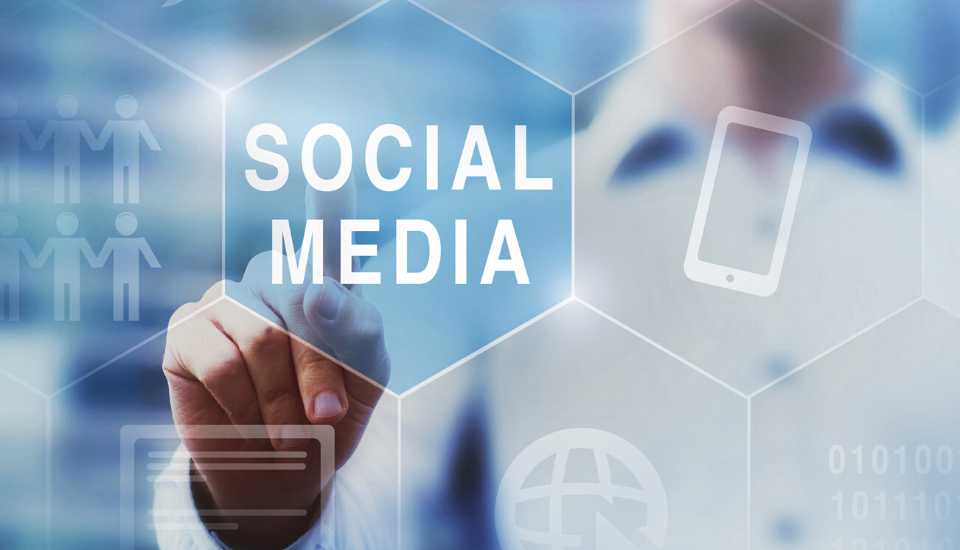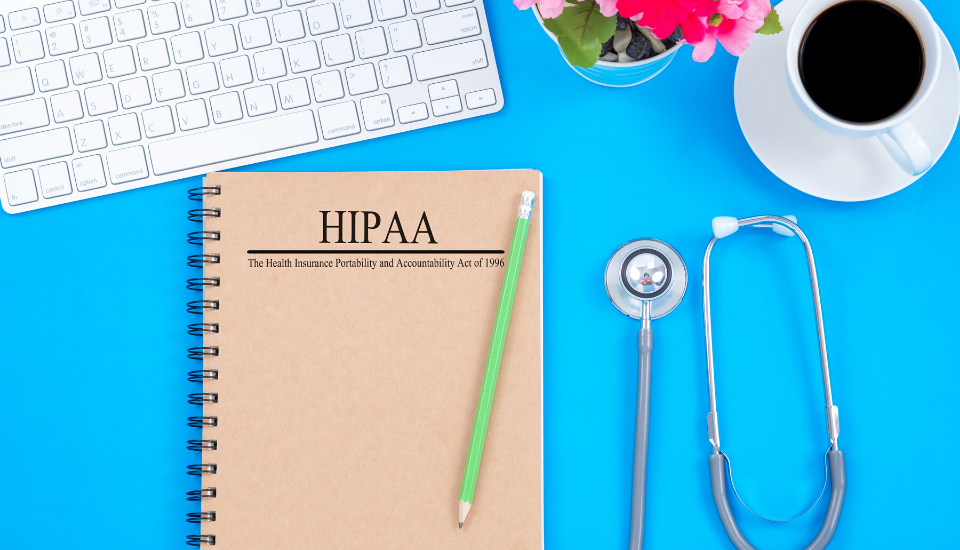
Record retention isn’t an option in healthcare. There are many regulations in place that define how many years of patient data you must retain. However, the process you are using now may be inefficient and at risk of a breach. Meeting regulations and compliance factors must be balanced with ease of access. To eliminate challenges, we created ViewMaster, a web-based transaction viewing tool.
Why You Should Archive
If you currently still have a legacy system in use to satisfy record retention policies, then you certainly have pain points. Searching through an old system isn’t easy and can be time-consuming. Should you be faced with an audit by a regulatory board, it may take you a substantial amount of time to create a report.
Further, patient information may be at risk for a breach. That’s because legacy systems may no longer be receiving updates, which can make them vulnerable. The other big issue with keeping old platforms in place is the cost. Even if you no longer use it, you’re probably paying a monthly fee.
You can search fast, create reports, and ensure the security of your data with ViewMaster. This system allows you to archive data, images, and documents.
How Does Archiving Work?

Typically, pharmacies or healthcare organizations choose to archive when they move from one software system to another. They decide not to carry over all their data to the new system, which is usually 18 months to two years of data. However, they still need to retain other documents for 10 years at a minimum.
They choose to archive so that their data conversion is smoother and less complicated. Our solution allows users to log into the system for any web browser and immediately search and filter as necessary.
In an archiving project, our team receives the data, documents, and images from your current system then digitizes each of them. You can store numerous image types. This includes critical images like signatures of patients acknowledging they picked up their prescriptions and did or did not request a consultation with the pharmacist.
More ViewMaster Benefits
One of the things pharmacies and healthcare love about the platform is that it’s a one-time charge. There are no monthly fees! Organizations don’t have to worry about compliance, as the tool meets HIPAA and HITRUST regulations with encrypted and secure data.
With ViewMaster, you can satisfy all the requirements for record retention and reporting from entities such as the Board of Pharmacy, CMS, DEA, and more. It’s a true turnkey solution to the challenges of meeting requirements while also maintaining security and privacy.
It’s super simple to use as well. Your staff can use it in minutes. It has an intuitive user interface, so you can find what you need in minutes. If you have multiple locations, you can search across them. You can also set up specific user permissions so that each individual can also see what is pertinent to them.
It’s time to ditch legacy systems and archive. Get started by requesting a five-minute demo of ViewMaster.



